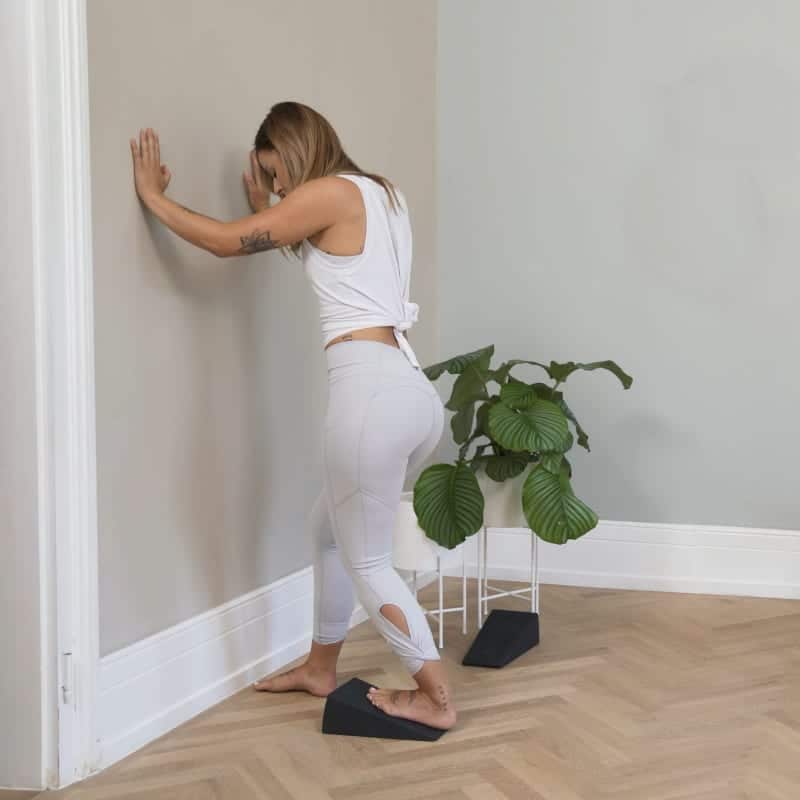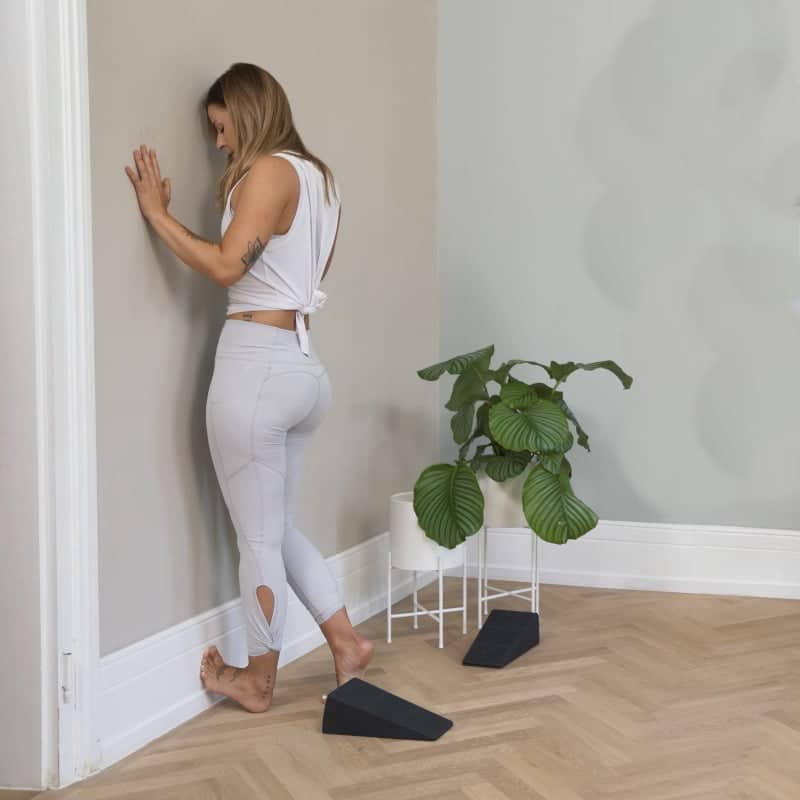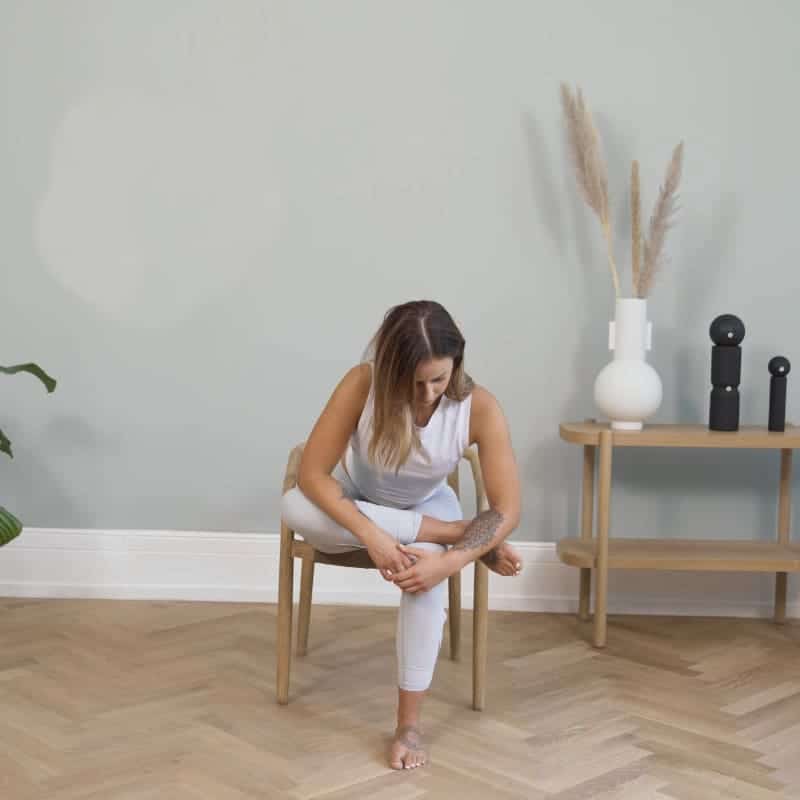how to release tight calves
Body Part:
Leg
Equipment:
Knee Hero
Level:
Beginner
Body Part:
Leg
Equipment:
Knee Hero
Level:
Beginner
We use our calf muscles when we walk, run, stand, exercise, and play sports. If our calf muscles are tight, it can interfere with our ability to move freely and easily and significantly impact our quality of life.
If each step you take sends shooting pain down the back of your legs, you’ve probably given up your favorite sport or stopped your morning jog. Sometimes, the consequences of tight calf muscles are more severe; you might change the way you walk to compensate for the pain (which can lead to pain in the lower back, knees, ankles, or heels), or perhaps you aren’t getting a full night of sleep because of leg cramps (which are also known as Charley horses).
Our stretches can help release the calf pain and prevent cramping. The 2-step routine only takes 8 minutes, so you can easily make it part of your workout warm-up or stretch before bed for a night of sleep uninterrupted by cramps or spasms. All you need is the Knee Hero. If you don’t have our Knee Hero, try using a stack of books. Jump to our routine to start exercising, or keep reading to learn about the calf muscles and causes and symptoms of tight calves.
Our calf muscle is actually two muscles: the gastrocnemius and the soleus. The gastrocnemius muscle is under the back of the knee and the closest to the skin; the soleus runs down the back of the leg into the Achilles. The Achilles tendon connects the calf to the heel bone; the heel is connected to the front of the foot by a band of tissues called the plantar fascia. The calf muscles and ankle joints facilitate plantar flexion, which is the movement of pointing the foot away from the body (think standing on your tiptoes to change the light bulb or pressing the pedal down while riding a bike.) A contracted gastrocnemius muscle increases the strain in the Achilles tendon and the plantar fascia 1) ; this can lead to a torn Achilles tendon or damaged muscle fiber.

For this exercise, you’ll need The Knee Hero.

Stand so that your toes are flat against the wall and your heel is on the floor. Make sure to keep your knee straight.
Stand on the toes of your back leg to balance.
Intensify the stretch by leaning closer to the wall.
Hold for 2 minutes.
Finish and repeat with the other leg.

Perform our calf stretches 6 days a week with one rest day for a 3-week sprint. But don’t stop stretching when the pain stops. Incorporate our stretches into your daily routine, or if you exercise regularly, make them part of your warm-up. Consistently stretching your calves can decrease the risk of Achilles tendonitis, muscle tears, and plantar fasciitis (inflammation of the plantar fascia).

Sign up for our free newsletter and discover how to manage your pain yourself. Every two weeks, we’ll deliver follow-along videos and articles to your inbox.
Short on time? Rejuvenate your back with our 1-minute dynamic stretching routine. 6 movements in 60 seconds make this your go-to routine for the home or office.
Rejuvenate Your BackKnee pain doesn’t discriminate. Whether you’re young, old, athletic or a couch potato, these jumbo joints will ache at some point. This 3-minute stretching routine can help.
Relieve Knee Pain NowOur 15-minute full-body stretch helps increase flexibility, reduces the risk of injury to your muscles and joints, and can increase your athletic performance.
Try Our Full-Body Warm Up